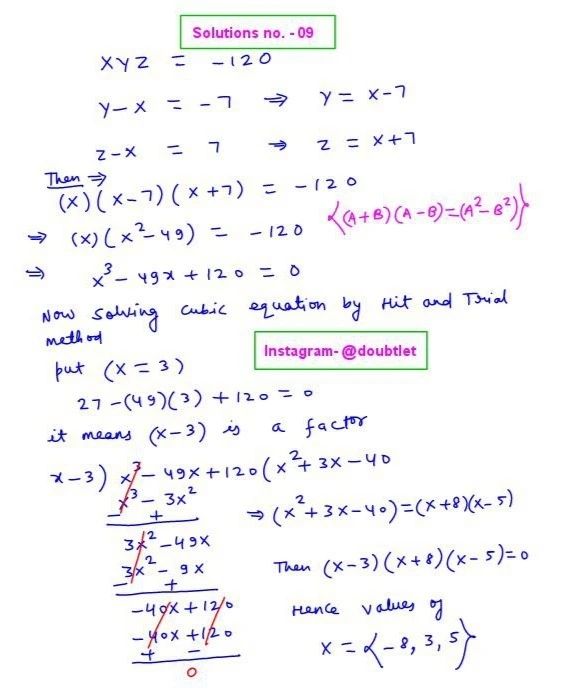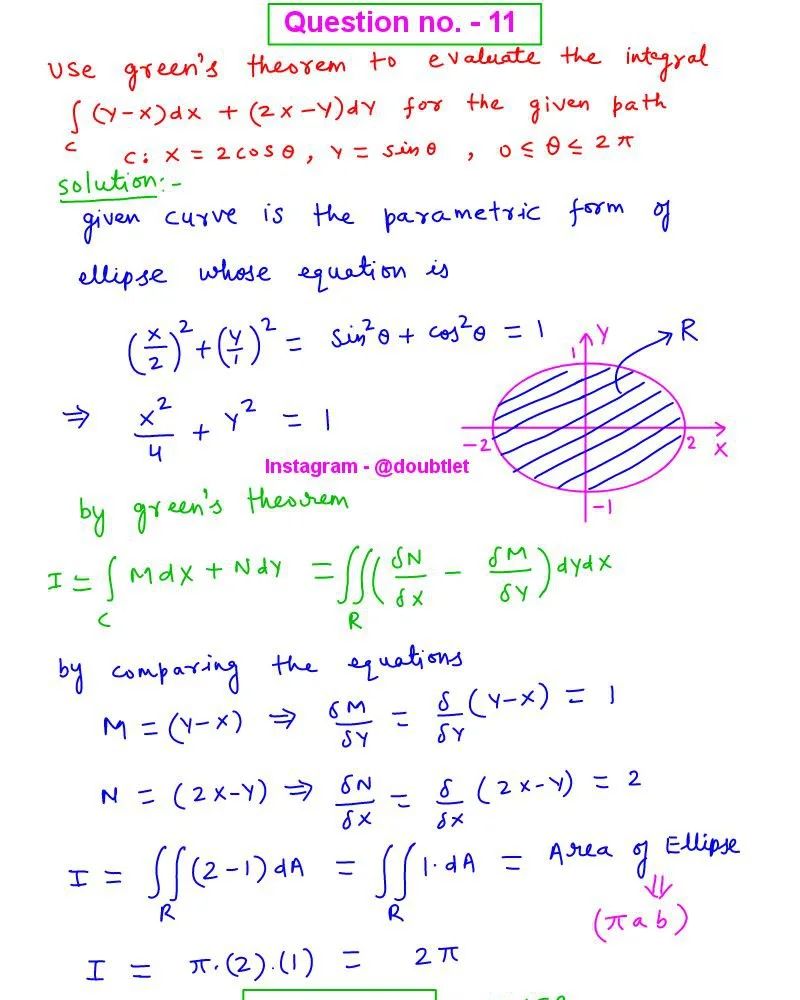









erstanding Even and Odd Functions: Definitions, Properties, Formulas & Solved Examples
Explore the world of even and odd functions with our in-depth blog! Learn definitions, key properties, formulas, and step-by-step solved examples to master this important concept in mathematics. Perfect for students and math enthusiasts!Even and odd functions are mathematical classifications based on symmetry. Even functions are symmetric about the y-axis, satisfying , while odd functions exhibit rotational symmetry around the origin, satisfying . These classifications simplify graphing, integration, and problem-solving in various mathematical fields.

Neetesh Kumar | October 06, 2024
Share this Page on:
![]()
![]()
![]()
![]()
![]()
- 1. Introduction to the Even and Odd Functions
- 2. What are Even and Odd Functions
- 3. Even and Odd Functions in Trigonometry
- 4. Integral Properties of Even and Odd Functions
- 5. Even and Odd Functions Graph
- 6. Properties of Even and Odd Functions
- 7. Even and Odd Functions Solved Examples
- 8. Practice Questions on Even and Odd Functions
- 9. FAQs on Even and Odd Functions
- 10. Real-life Application of Even and Odd Functions
- 11. Conclusion
1. Introduction to the Even and Odd Functions:
In mathematics, understanding different types of functions plays a key role in analyzing various equations and their behavior. Even and odd functions are essential classifications that help in simplifying many mathematical problems, particularly in calculus and trigonometry. Whether you are solving integrals, plotting graphs, or working with symmetries, knowing whether a function is even or odd can be valuable. But what exactly do these terms mean?
2. What are Even and Odd Functions:
In mathematics, functions can be classified as even, odd, or neither based on symmetry. This classification helps simplify mathematical processes, such as solving equations, graphing, and working with integrals. Even and odd functions display unique symmetrical properties when their inputs are replaced by their negatives, providing useful insights for analysis in calculus, trigonometry, and algebra.
Even and Odd Functions Definition
-
Even Function: A function is called even if it satisfies the condition:
This means the function is symmetric concerning the y-axis. Graphically, an even function looks the same on both sides of the y-axis when reflected.
-
Odd Function: A function is called odd if it satisfies the condition:
This indicates that the function has rotational symmetry around the origin. If you rotate the graph of an odd function around the origin, it remains unchanged.
Both Even and Odd Functions
There is only one even and odd function: the zero function, . The zero function satisfies the conditions for both even and odd functions because:
In this case, is symmetric about the y-axis and has rotational symmetry around the origin, but it is the only function that fulfills both conditions.
Neither Even Nor Odd Function
A function can also be neither even nor odd if it doesn't satisfy the conditions for either classification. These functions do not exhibit any particular symmetry, and when substituting into the function, the result is neither nor .
Example of a Neither Even Nor Odd Function:
- Calculate :
Here, and , so the function is neither even nor odd.
Summary
-
Even functions have symmetry about the y-axis: .
-
Odd functions have rotational symmetry around the origin: .
-
The zero function is the only even and odd function.
-
Functions can also be neither even nor odd, exhibiting no specific symmetry.
This classification is valuable in simplifying integrals, graphing, and solving mathematical equations.
3. Even and Odd Functions in Trigonometry:
Trigonometry is one of the areas where even and odd functions come into play frequently. Many trigonometric functions are naturally classified as even or odd:
- Even Trigonometric Functions: The cosine function, , is an even function because .
- Odd Trigonometric Functions: The sine function, , and tangent function, , are odd functions because and .
Understanding whether trigonometric functions are even or odd helps simplify integrals and other operations in calculus and advanced mathematics.
4. Integral Properties of Even and Odd Functions:
Even and odd functions exhibit unique properties when integrated over symmetric intervals. This can significantly simplify integration, particularly when dealing with complex functions.
-
Integral of an Even Function: When an even function is integrated over a symmetric interval , the result is twice the integral from to : This occurs because the areas on both sides of the y-axis are identical.
-
Integral of an Odd Function: When an odd function is integrated over a symmetric interval , the result is always zero: This happens because the areas on the positive and negative sides of the y-axis cancel each other out.
5. Even and Odd Functions Graph:
Graphing even and odd functions reveals their symmetrical properties:
-
Even Function Graphs: Even functions are symmetric about the y-axis. If you reflect the graph across the y-axis, the graph looks the same on both sides. For example, the graph is a symmetric parabola about the y-axis.
-
Odd Function Graphs: Odd functions are symmetric about the origin. It looks the same if you rotate the graph around the origin. An example is the graph, which exhibits rotational symmetry about the origin.
6. Properties of Even and Odd Functions:
Even and odd functions have unique properties that make them useful for simplifying mathematical operations. These properties are based on their symmetry and how they interact with other functions.
Properties of Even Functions:
-
Symmetry: Even functions are symmetric about the y-axis, meaning for all .
-
Sum of Even Functions: The sum of two even functions is also an even function.
-
Product of Even Functions: The product of two even functions is even.
-
Integral of an Even Function: When integrating an even function over a symmetric interval , the integral can be simplified:
Properties of Odd Functions:
-
Symmetry: Odd functions have rotational symmetry around the origin, meaning .
-
Sum of Odd Functions: The sum of two odd functions is also an odd function.
-
Product of Odd Functions: The product of two odd functions is even.
-
Product of an Even and Odd Function: The product of an even function and an odd function is always odd.
-
Integral of an Odd Function: The integral of an odd function over a symmetric interval is always zero:
These properties make even and odd functions powerful tools for simplifying equations, particularly in calculus, algebra, and trigonometry.
7. Even and Odd Functions Solved Examples:
Question: 1.
Checking if a Polynomial is Even, Odd, or Neither
Determine whether the function , is even, odd, or neither.
Solution:
-
Step 1: Find :
-
Step 2: Compare with :
-
Step 3: Check for evenness: , so the function is not even.
-
Step 4: Check for oddness: , because , which matches .
Answer: The function is odd.
Question: 2.
Checking a Trigonometric Function
Determine if is even, odd, or neither.
Solution:
-
Step 1: Find :
Using the properties of sine and cosine:
-
Step 2: Compare with :
-
Step 3: Check for evenness: Since , the function is not even.
-
Step 4: Check for oddness: Since , the function is not odd either.
Answer: The function is neither even nor odd.
Question: 3.
Identifying an Even Function
Verify whether the function is even, odd, or neither.
Solution:
-
Step 1: Find :
-
Step 2: Compare with :
-
Step 3: Check for evenness: Since , the function is even.
Answer: The function is even.
Question: 4.
Complex Function Test
Determine whether is even, odd, or neither.
Solution:
-
Step 1: Find :
-
Step 2: Compare with :
-
Step 3: Check for oddness: Since , the function is odd.
Answer: The function is odd.
8. Practice Questions on Even and Odd Functions:
Q:1. Determine if the following functions are even, odd, or neither:
Q:2. Graph the functions and . Identify whether each is even or odd.
9. FAQs on Even and Odd Functions:
Can a function be both even and odd?
No, a function cannot be both even and odd unless it is the zero function, , which satisfies both conditions trivially.
How can you quickly determine if a function is even or odd?
To determine if a function is even or odd, substitute into the function and compare it to . It is even if . If , it is odd.
Are all polynomial functions either even or odd?
No, polynomial functions can be neither even nor odd. For example, is neither even nor odd.
What are some real-life applications of even and odd functions?
Even odd functions are used in signal processing, electrical engineering, and physics, particularly in analyzing symmetrical properties in waves and oscillations.
Can trigonometric functions be even or odd?
For example, is even, and is odd.
How do even and odd functions affect integration?
When integrating even functions over symmetric intervals, the result is twice the integral over half the interval. When integrating odd functions over symmetric intervals, the result is zero.
What is the importance of symmetry in even and odd functions?
Symmetry simplifies mathematical analysis by reducing complex calculations, especially in graphing, integration, and solving equations.
10. Real-life Application of Even and Odd Functions:
Even and odd functions have real-world applications, particularly in areas where symmetry is involved:
-
Signal Processing: In electrical engineering, even and odd functions help analyze signals. Symmetrical waveforms, such as sine and cosine waves, are used to model sound waves and radio signals.
-
Physics: Even and odd functions describe physical phenomena like the motion of objects under gravity. Symmetry plays a key role in simplifying the mathematical representation of these phenomena.
-
Computer Graphics: In 3D modeling, even and odd functions are used to create symmetrical shapes and designs, optimizing the rendering process.
11. Conclusion:
Understanding even and odd functions is an essential part of mathematics, with wide applications across different fields. Whether working with graphs, solving integrals, or analyzing real-world phenomena, identifying the symmetry of functions simplifies problems and enhances your problem-solving skills. By mastering the properties and behaviors of even and odd functions, you can unlock new levels of mathematical efficiency.
If you have any suggestions regarding the improvement of the content of this page, please write to me at My Official Email Address: [email protected]
Are you Stuck on homework, assignments, projects, quizzes, labs, midterms, or exams?
To get connected to our tutors in real-time. Sign up and get registered with us.
Composition of Functions Blog
Difference Quotient Blog
Calculus Calculators
Pre Calculus Calculators
Derivatives and Integrals Cheat Sheet
Blog Information
Blog Author: Neetesh Kumar
Blog Publisher: Doubtlet
Comments(0)
Your comment will be reviewed before it is published.



Leave a comment